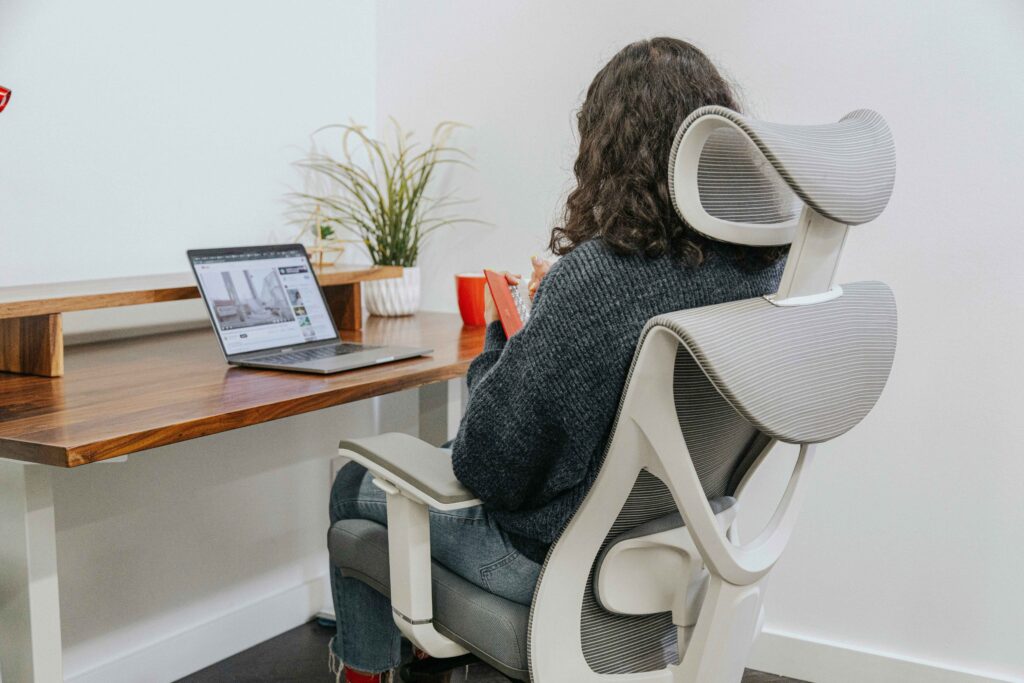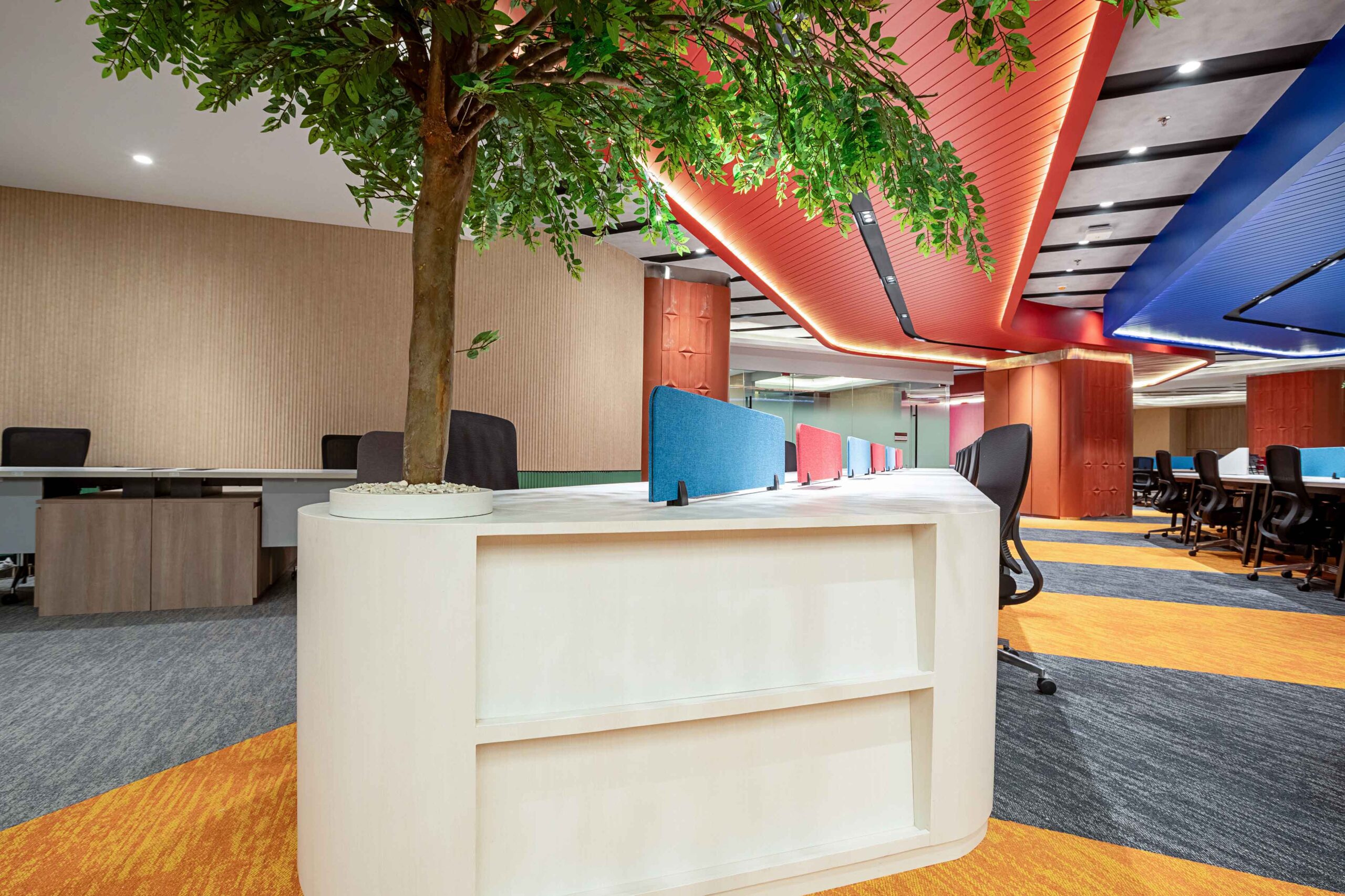Ergonomics focuses on designing work environments that meet the physical needs and comfort of users. In office furniture design, ergonomics plays a crucial role as it directly impacts the health, comfort, and productivity of employees. Ergonomically designed furniture supports proper posture and helps prevent long-term injuries caused by inappropriate furniture use.
Here are several key reasons why ergonomics is essential in office furniture design:
- Improves Health and Reduces Injury Risks
Non-ergonomic furniture can lead to various health problems, including back pain, neck strain, and issues with wrists or knees. Poor sitting posture or sitting for prolonged periods can result in musculoskeletal disorders that may turn into chronic conditions. By using ergonomic office furniture, such as chairs that support natural posture and adjustable desks, the risk of injury is significantly reduced.
- Boosts Productivity
Employees who are comfortable in their work environment are typically more productive. Ergonomic furniture helps create a comfortable workspace, allowing employees to focus without distractions caused by discomfort or pain. Features like chairs with proper back support, adjustable-height desks, and well-placed monitors all contribute to enhanced performance and efficiency.
- Reduces Fatigue and Increases Energy
Poor posture or using unsupportive furniture often leads to muscle fatigue. Ergonomic chairs that conform to the body’s contours can reduce strain on areas like the back and neck. Adjustable desks allow employees to switch between sitting and standing, improving blood circulation and preventing fatigue from prolonged sitting. This helps workers feel more energized throughout the day.
- Creates a More Comfortable Work Environment
Ergonomics also contributes to a more comfortable and positive work atmosphere. Furniture that can be customized to meet individual needs allows each employee to find the most comfortable working position. This comfort is key to fostering a positive work environment, increasing employee satisfaction, and reducing stress levels.
- Supports Proper Posture
Ergonomically designed office furniture helps maintain good posture during work. Chairs with the right support and appropriately adjusted desks keep the spine aligned and reduce the risk of strain. Good posture not only alleviates pain and tension but also improves blood circulation, which is crucial for long-term health.
Ergonomics in office furniture design is about more than aesthetics, it’s about ensuring the health and comfort of the users. By investing in ergonomic furniture, companies can create a workspace that promotes employee well-being, prevents injuries, and enhances productivity. This investment in ergonomic office furniture is a smart strategy to maintain employees’ physical health and optimize their performance at work.




